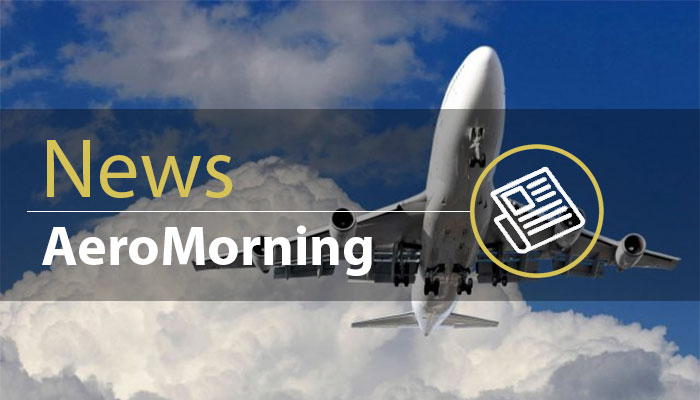In addition to extending the benefits of the current Safey of Life Service to maritime users, the new EGNOS Safety of Life assisted Service for Maritime users (ESMAS) delivers a dedicated channel for broadcasting maritime safety information like navigational warnings and other urgent safety related messages to ships.
The EU Agency for the Space Programme (EUSPA) today announced the launch of ESMAS. The European Geostationary Navigation Overlay Service (EGNOS) is Europe’s regional satellite-based augmentation system (SBAS) that is used to improve the performance of global navigation satellite systems (GNSS) of GPS and Galileo in the future.
Vessels use GNSS signals to obtain positioning, navigation and timing information while at sea. However, these signals must be augmented to ensure the accuracy and reliability of the information. For the maritime sector, this is typically done using a network of ground-based reference stations providing augmentation signals like Differential GNSS (DGNSS). Vessel positioning performance is optimal when the vessels are a few tens of Km distance from the DGNSS reference station, with an appreciable degradation as distance increases.
Such signals are not always available at sea, the network of DGNSS reference stations is not equally geographically deployed, and with important operational and maintenance costs. Therefore “ESMAS provides an augmentation solution even in areas where DGNSS services are unavailable, not deployed or are out of the maritime user’s range,” says EUSPA Executive Director Rodrigo da Costa. “In this sense, the service adds another layer of protection against errors while also increasing the accuracy and ensuring the integrity of the GNSS signal.”
Because it does not require additional infrastructure, the ESMAS is well-positioned to support navigation in ocean and coastal waters, including harbour approaches and entrances. To utilise the service, all a ship needs is an SBAS-enabled GNSS receiver which, once installed, enables the vessel to receive the augmentation signal from the EGNOS GEO satellites. In addition, EGNOS interfaces NAVAREA coordinators, to timely provide Maritime Safety Information (MSI) – the navigational warnings and other urgent safety related messages – that could be broadcast to the ships using conventional channels. Although the service targets merchant vessels, the ESMAS signal is available free of charge to all vessels from EU Member States, Iceland, Norway and Switzerland that comply with the International Convention for the Safety of Life at Sea (SOLAS). SOLAS is widely regarded as the most important international treaty concerning the safety of merchant ships.
ESMAS will complement the already available EGNOS Open Service, used by mass-market receivers and common user applications; the EGNOS Data Access Service (EDAS), offering ground-based access to EGNOS data through the internet; and the Safety of Life Service (SoL), used for safety-critical aviation applications that require enhanced, guaranteed performance and an integrity warning system
About the European Union Agency for the Space Programme (EUSPA)
The European Union Agency for the Space Programme (EUSPA) provides safe and secure European satellite navigation services, promotes the commercialization of Galileo, EGNOS, and Copernicus data and services, coordinates the EU’s forthcoming governmental satellite communications programme GOVSATCOM and the EU SST Front Desk. EUSPA is responsible for the security accreditation of all the EU Space Programme components. By fostering the development of an innovative and competitive space sector and engaging with the entire EU Space community, EUSPA contributes to the European Green Deal and digital transition, the safety and security of the Union and its citizens, while reinforcing its autonomy and resilience






Be the first to comment on "EGNOS Safety of Life Assisted Service for Maritime Users"